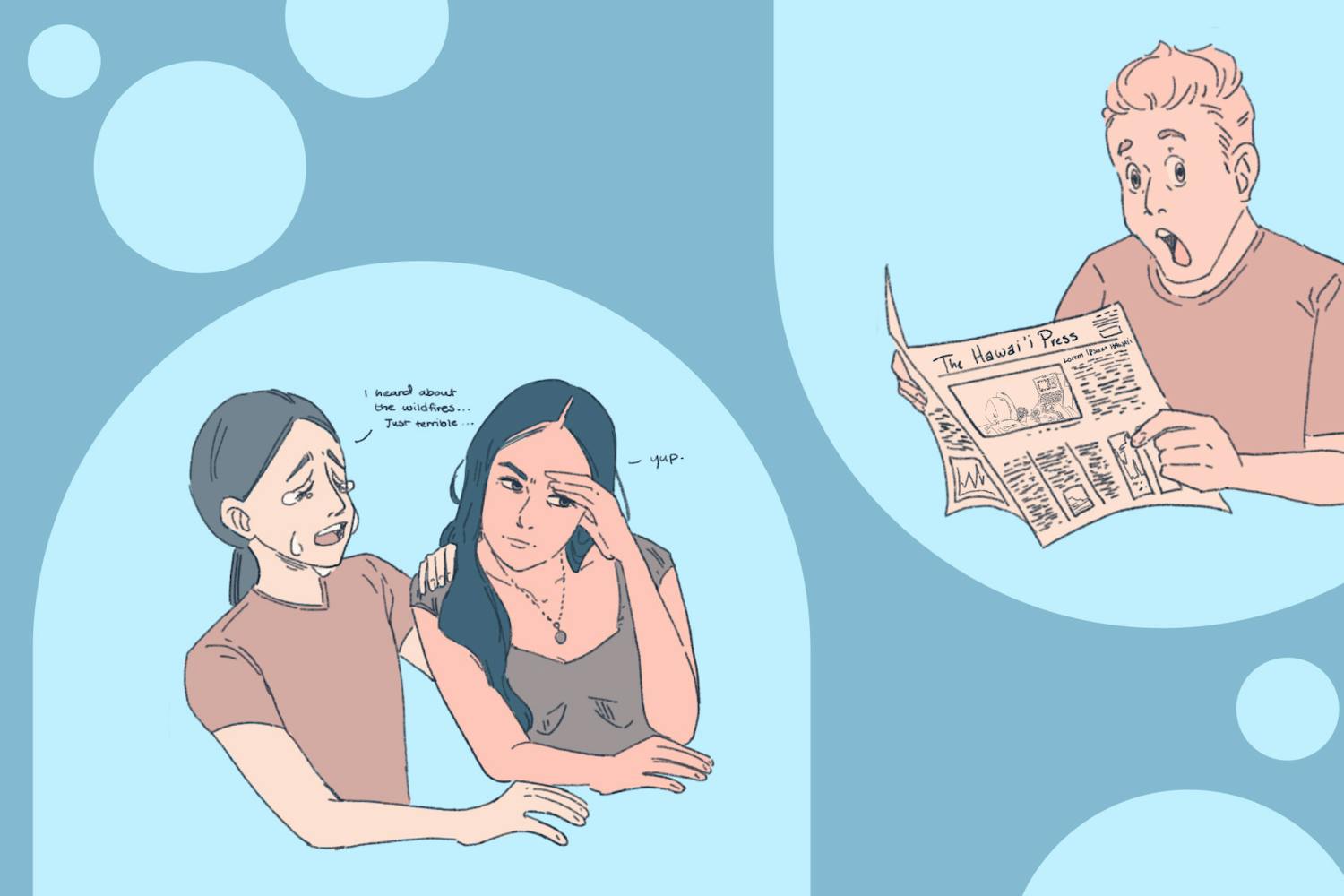There are crude X’s marking different spots where many have tried, and failed, to locate the intangible Lost Dutchman gold mine. The markers on different maps each tell stories of hikers in search of riches through the grooves, peaks and valleys of the Superstition Mountains. An arrow on a crumpled piece of paper points to where one treasure-hunter was killed in search of the mine. Another has dozens of X’s, each marking the transparent hope of finding treasure.
The map sits in a small, dimly-lit room in the Goldfield Ghost Town's Superstition Mountain Lost Dutchman Museum, several miles away from the actual entrance to the Lost Dutchman State Park, where the treasure left by explorers long ago may lie.
The park is perched at the base of the Superstition Mountains in Apache Junction, about 40 miles east of the heart of the Valley.
“People still try and find the hidden mine and treasure here,” says Diana Bishop, a ranger at Lost Dutchman State Park for 31 years. “They look, but it hasn’t been proven or disproven to this day.”
The area is dotted with ancient cliff dwellings and caves, many showing signs of former habitation. It’s uncertain who these people were. Some believe they were Salado or Hohokam Indians who populated this part of Arizona several centuries ago. Later, Pimas and Apaches occupied parts of the region.
The mountain range got its name because the Indian tribes would tell early settlers about going into the mountains, and the settlers found them to be very superstitious — thus the name “Superstition Mountains” was born, Bishop says.
During the 1840s, the Peralta family of northern Mexico supposedly developed rich gold mine in the Superstitions. Their last expedition to carry gold back to Mexico occurred in 1848. According to legend, the large party was ambushed by Apaches, and all were killed except for one or two Peralta family members who escaped into Mexico. This area is known today as the Massacre Grounds, Bishop says.
A number of other people were supposed to have known the mine's location or even to have worked it, Bishop says. Numerous maps have surfaced over the years, only to become lost or misplaced when interested parties pressed for facts. Men who claimed to have found the Peralta mine were unable to return to it or some disaster occurred before they could file a claim, all adding to the lore of a "lost mine."
In the 1870s, Jacob Waltz, "the Dutchman" (actually a native of Germany) was said to have located the mine through the aid of a Peralta descendant. Waltz and his partner, Jacob Weiser, worked the mine and allegedly hid one or more caches of gold in the Superstitions. Most stories place the gold in the vicinity of Weaver's Needle, a well-known landmark. Weiser was killed by Apaches - or according to some - by Waltz himself, Bishop says.
In failing health, Jacob Waltz moved to Phoenix and died some 20 years later, in 1891. He supposedly described the mine's location to Julia Thomas, a neighbor who took care of him prior to his death. Neither she nor dozens of other seekers in the years that followed were able to find the "Lost Dutchman's Mine," Bishop says. Subsequent searchers have sometimes met with foul play or even death, contributing to the superstition and legend that surround the range.
“We get a lot of calls where people are completely lost and turned around and when first responders get there, they are often told that the hikers were looking for treasure,” Bishop says. “It happens a lot more than you would think. It’s Arizona’s little hidden mystery.”
No significant amount of gold has ever been found within the 250 square miles of the surrounding wilderness area. But the Superstitions offer other rewards — in mountains, canyons, lakes and open desert; miles of hiking and equestrian trails, historic sites; and old copper-mining towns among them.
And if you’re lucky, you might come to the park after a season of winter rain that brings wildflowers — Mexican gold poppies and Indian paintbrush — that carpet the hills.
Nestled in the sprawling mountains are tough trails, challenging even to experienced hikers such as Andrew Flanagan.
“I wanted to get to the hard flat at the top, but three hours later, here I am at the bottom again, winded and starving,” Flanagan says with a laugh. “I’m here all the way from Rhode Island, and this mountain has been on my bucket list since the view from the top is beautiful — so you better believe I will be coming back every day until I get to the top.”
More recently, Lost Dutchman State Park has been the site of several fatalities, helicopter rescues and the last place several missing persons have been seen. In the last year, the Pinal County Sheriff’s Office saw an uptick of rescues and spokesman Douglas Peoble expects those numbers to climb as more people come to the park this spring.
From January 2015 to the end of February 2016, there were 75 calls to search and rescue, resulting in 28 searches and 47 rescues. There have been four deaths at the park in the last year, two from an aircraft collision at the start of the new year and two deaths from hiking — one medical issue and one fall, Peoble says.
“You gotta stay safe up there, you know?” Peoble says. “Problems happen when people think they can get all the way to the plateaus with being fairly novice hikers. You need water, a lot of it, good shoes and your phone in case of emergency if you’re going alone — but we recommend for your first time, you go with a guide.”
In 2006, the state government threatened shutting down Lost Dutchman State Park saying that it was hemorrhaging money — but lawmakers were swayed to keep the park open and now the place is almost completely self-sufficient, says Tim Kristof, park manager.
“This is a state landmark,” Kristof says. “Closing it would have been devastating, but I don’t think that will every be a problem again. This place is a little slice of history and mystery right here in the desert.”



